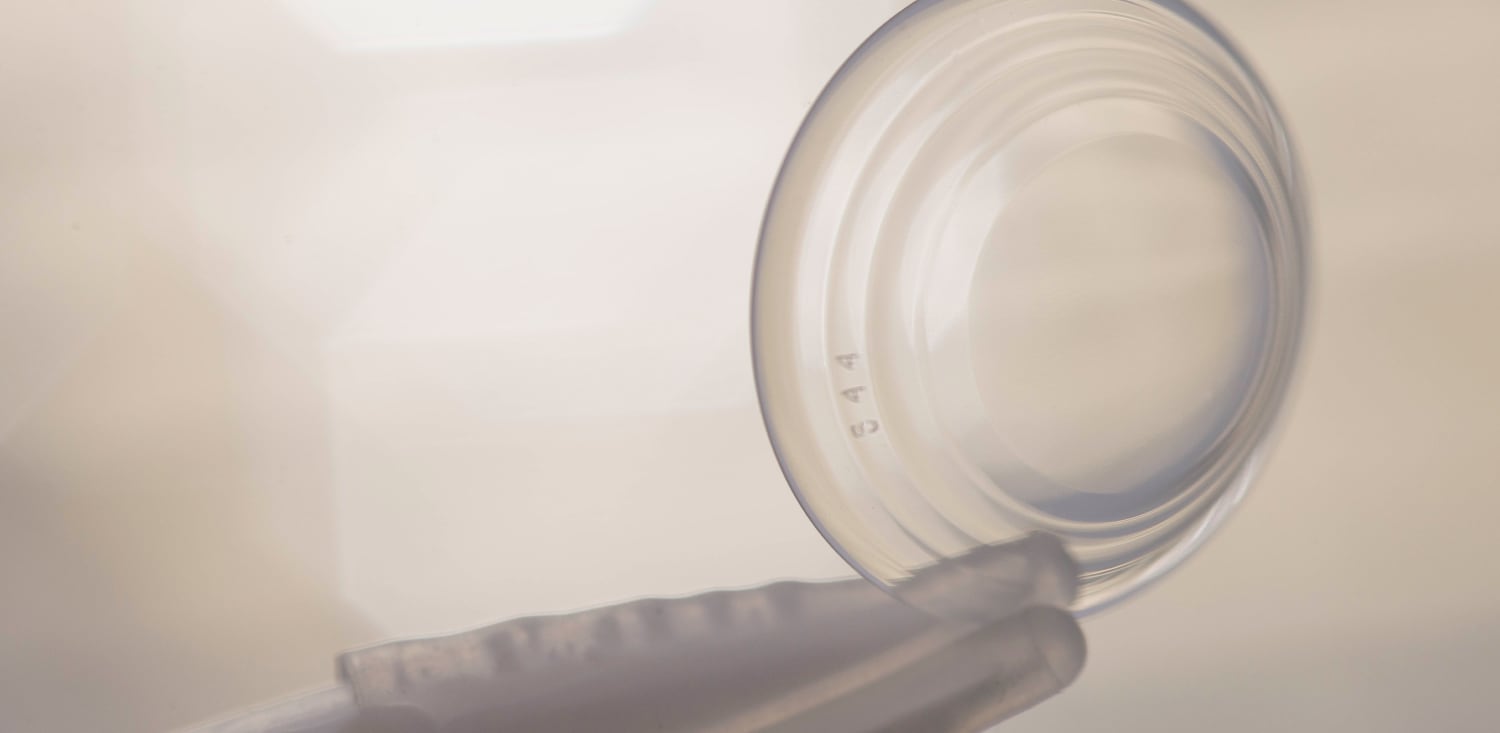What Are Scleral Contact Lenses?

Scleral contact lenses are hard, gas permeable lenses that are often prescribed for people who can’t comfortably wear standard contact lenses. Reasons for being unable to wear standard lenses include an abnormally shaped cornea and certain eye diseases.
Scleral contact lenses are bigger than traditional contacts that cover part of the cornea. The cornea is the clear front surface of the eye that focuses light into your eye.
These lenses are called scleral lenses because they vault over the whole cornea and sit on the sclera. The sclera is the “white of the eye” that helps maintain the eyeball’s shape.
How Scleral Lenses Work
Scleral lenses create a dome over the cornea. This creates a smooth surface over the irregularly shaped cornea to correct vision problems. Scleral lenses correct for nearsightedness (myopia), farsightedness (hyperopia), distorted vision (astigmatism) and difficulty seeing clearly up close due to age (presbyopia).
Types of Scleral Contacts
All scleral lenses are made with highly breathable materials. Even though scleral lenses cover the entire cornea, the eyes stay healthy because plenty of oxygen reaches them.
There are three types of scleral contacts:
- Mini-scleral lenses – These scleral contacts sit on the sclera and don’t touch the cornea. They are appropriate for people who have milder forms of keratoconus and blurry vision after corneal surgery.
- Corneo-scleral lenses and semi-scleral lenses – These lenses are much larger than standard contacts and are a good choice for people who would feel more comfortable wearing bigger lenses. They are often prescribed when needed after LASIK or other corneal surgery.
- Full scleral lenses – These are the largest scleral lenses. They completely cover the cornea and provide the most space between the back surface of the contact lens and the eye. People who have dry eye caused by an eye disease can benefit from these lenses.
Benefits of Scleral Contact Lenses
Scleral lenses offer many benefits, including:
- Sharper vision
- Reduced light sensitivity
- Greater durability – they can be worn much longer than standard soft contact lenses
- Easier handling because they’re larger
- Less risk of complications
- Breathable material allowing oxygen to reach the cornea
Disadvantages of Scleral Contact Lenses
There are, however, some drawbacks to scleral lenses:
- They’re expensive – Scleral lenses are highly customized and can cost three to five times more than standard contacts.
- They’re not fully covered by insurance – Vision insurance may reduce the cost of your lenses and/or fitting fee but often doesn’t cover the full cost.
- Not every eye care provider carries them – Eye doctors need special training on scleral contacts before they can prescribe them for patients.
- They can get dirty quickly – Scleral lenses often collect debris and need to be taken out and cleaned throughout the day.
- They take getting used to – Switching to scleral lenses after wearing soft contacts can be hard.
Are Scleral Contacts Right for You
Scleral contacts are custom-made for each wearer. So anyone who needs contacts could benefit from scleral lenses. They are especially beneficial for people who have eye conditions, including:
Keratoconus
Keratoconus is an eye disease in which abnormal thinning of the cornea causes the front surface of the eye to bulge forward. This bulging changes the shape of the cornea causing light rays to be out of focus, causing blurry, distorted vision.
Scleral contacts can be more comfortable and provide better vision for people with keratoconus because the lenses don’t touch the cornea.
Severe Dry Eye
Wearing contact lenses can be uncomfortable for people with severe dry eye caused by certain health issues. Sjögren's syndrome is one example. It’s an autoimmune disease in which the immune system attacks the glands that keep eyes and other parts of the body lubricated.
Patients with Stevens-Johnson syndrome can also have trouble wearing standard contacts. Stevens-Johnson syndrome is a life-threatening disease that affects skin and mucous membranes. The small glands in the eyelids that produce the oily layer of tears become clogged and inflamed. This causes tears to evaporate more quickly and results in dry eyes.
Scleral contact lenses can relieve severe dry eye thanks to the generous space between the back surface of the lens and the cornea. Tears collect in this space and help keep your eyes moist and comfortable. This can also help relieve redness, pain and other dry eye symptoms.
Hard-to-Fit Eyes
There are other reasons you might not be able to wear standard contact lenses, such as: they may be uncomfortable, they fall out easily or you have an abnormally shaped cornea. Scleral contacts can fit more comfortably and securely in your eyes.
If you want to wear contact lenses but can’t because you have irregularly shaped corneas or other eye problems, talk with your eye doctor about scleral contact lenses.


